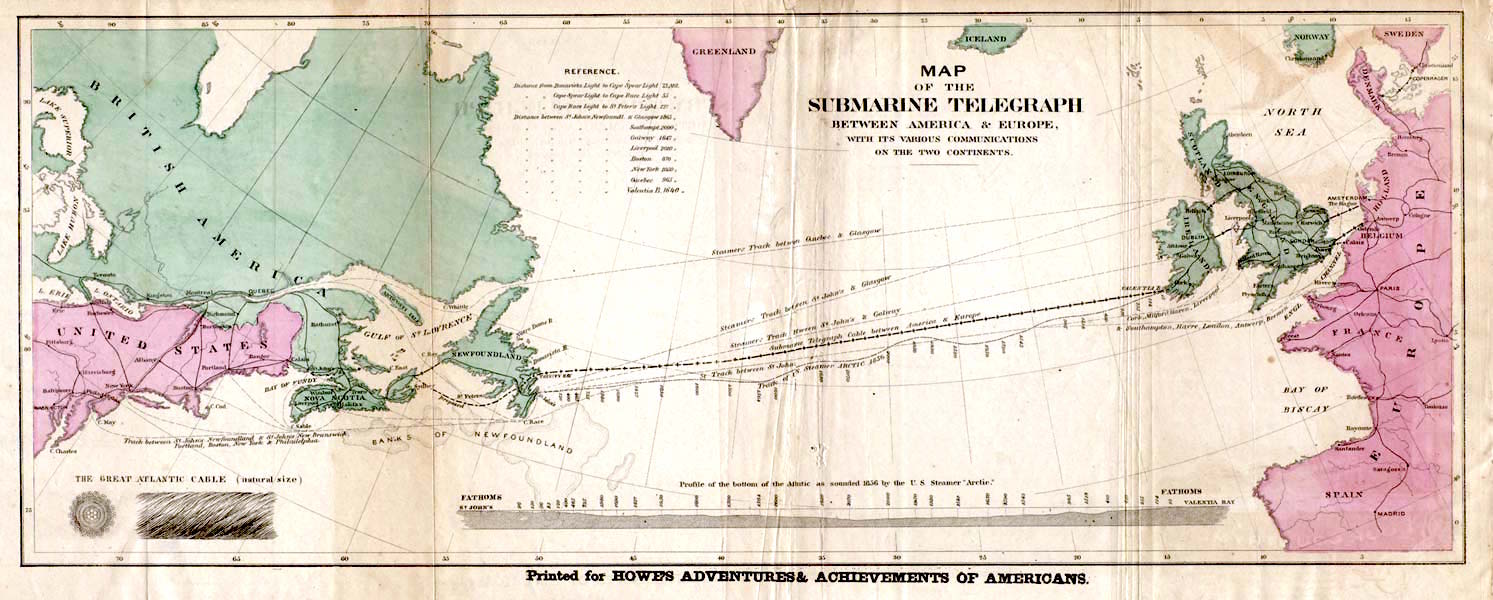This week I'm taking the opportunity to air out some of the museum's dirty laundry...literally. As I poked around the collections in search of missing items, I stumbled across two fantastic denim diving outfits that originally belonged to Wesley and Constance Mueller.

The Muellers were pioneers in the world of underwater photography, beginning in 1934 when there were no commercially produced underwater cameras or housings.
Not to be deterred, they fashioned their own equipment, complete with matching denim diving outfits. They sewed lead into their jackets and pants so that they "wouldn't ride up in the current (McKenney 1981)." They even sewed their initials into the garments, presumably so that they wouldn't mix them up. Of course, the Muellers weren't out to make a fashion statement on the bottom of the ocean. In fact, Wesley and Constance rarely saw anyone besides each other on their adventures. They wore the heavy denim to protect themselves from posionous coral and any underwater creatures with sharp and potentially harmful extremities. Still, they must have known how "cool" they looked.



Wesley and Constance Mueller diving in their denim suits (Bahamas, 1938).


 The Muellers' denim suits, now housed in collections at the History of Diving Museum.
The Muellers' denim suits, now housed in collections at the History of Diving Museum.
That got me thinking about the role of fashion in the history of diving and how it has affected the evolution of divewear. I immediately thought of Art McKee (subject of several previous blog entries) and his preference for a Speedo and Converse sneakers (his original "Chucks" are on display at the History of Diving Museum, see photo). They certainly kept him comfortable during his dives, an important factor in diving safety. But what about those of us who
aren't pioneers in the field of diving? What do
we like to wear beneath the waves? Well, the answer to that question has changed over the years, as evidenced by these magazine advertisements from old issues of
Skin Diver (in the library at HDM)
.

Advertisements from 1970 Skin Diver magazines.




Advertisements from 1977 Skin Diver magazines.



Advertisements from 1984 Skin Diver magazines.
 Of course, the Muellers and Art McKee didn't have the luxury of wearing wetsuits in the early days, as they weren't "officially" invented until 1952 by Hugh Bradner (Taylor 2008). Over the years, as recreational diving became more popular and less expensive, style became an increasingly important component in marketing wetsuits. Let's face it, everyone wants to look good, especially when they are wearing a skin-hugging neoprene suit. The advertisements above clearly illustrate this, with color and designs increasing significantly over time, until ultimately exploding in a blinding flash of color and hair in the 1980's. Not everyone prefers a wetsuit (see Jacqueline Bisset in her famous diving outfit from the 1977 film The Deep), but their functionality remains the most important factor in their success, keeping divers and other watersport enthuisiasts warm, bouyant and scrape-free.
Of course, the Muellers and Art McKee didn't have the luxury of wearing wetsuits in the early days, as they weren't "officially" invented until 1952 by Hugh Bradner (Taylor 2008). Over the years, as recreational diving became more popular and less expensive, style became an increasingly important component in marketing wetsuits. Let's face it, everyone wants to look good, especially when they are wearing a skin-hugging neoprene suit. The advertisements above clearly illustrate this, with color and designs increasing significantly over time, until ultimately exploding in a blinding flash of color and hair in the 1980's. Not everyone prefers a wetsuit (see Jacqueline Bisset in her famous diving outfit from the 1977 film The Deep), but their functionality remains the most important factor in their success, keeping divers and other watersport enthuisiasts warm, bouyant and scrape-free.
So the question now becomes: what do you like to wear when you dive? Do you have a favorite or funny diving outfit? We want to hear about it! Comment on our blog below or post a picture of your favorite diving outfit to our new Flickr pool! To get the sharing started, here are photos of Erin and I modeling the very latest in wetsuit fashion. Ok, maybe not the very latest...but it certainly beats 1984!


Austin Bell and Erin Wolfe wetsuit modeling at the Marine Mammal Conservancy in Key Largo.
McKenney, Jack (1981). Wes and Connie Mueller: Pioneers in Underwater Cinematography
. In
Skin Diver, October 1981, Vol. 30, No. 10, pp. 44-46.
Taylor, Michael (2008). Hugh Bradner, UC's inventor of wetsuit, dies. In
San Francisco Chronicle (May 11, 2008)
. Accessed July 8, 2011.
Web link.

























































